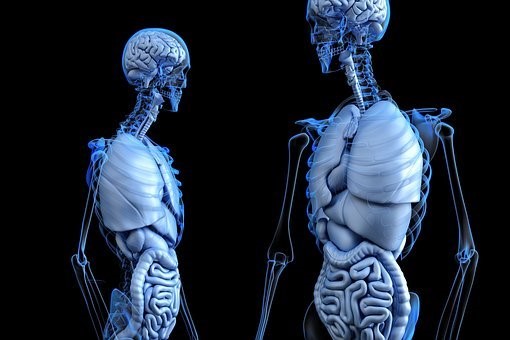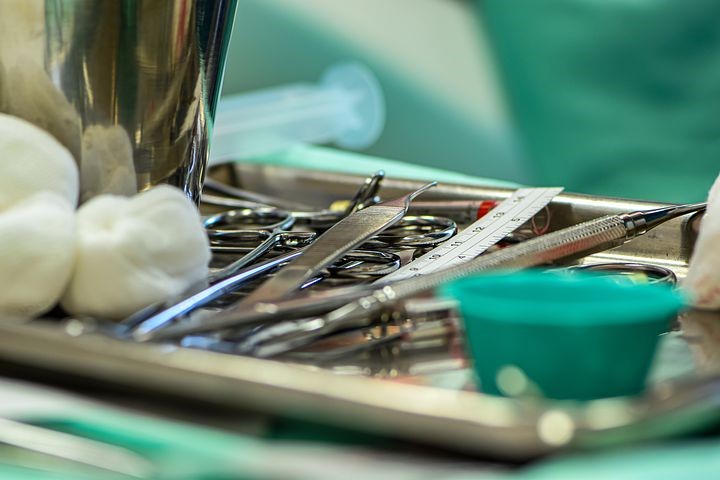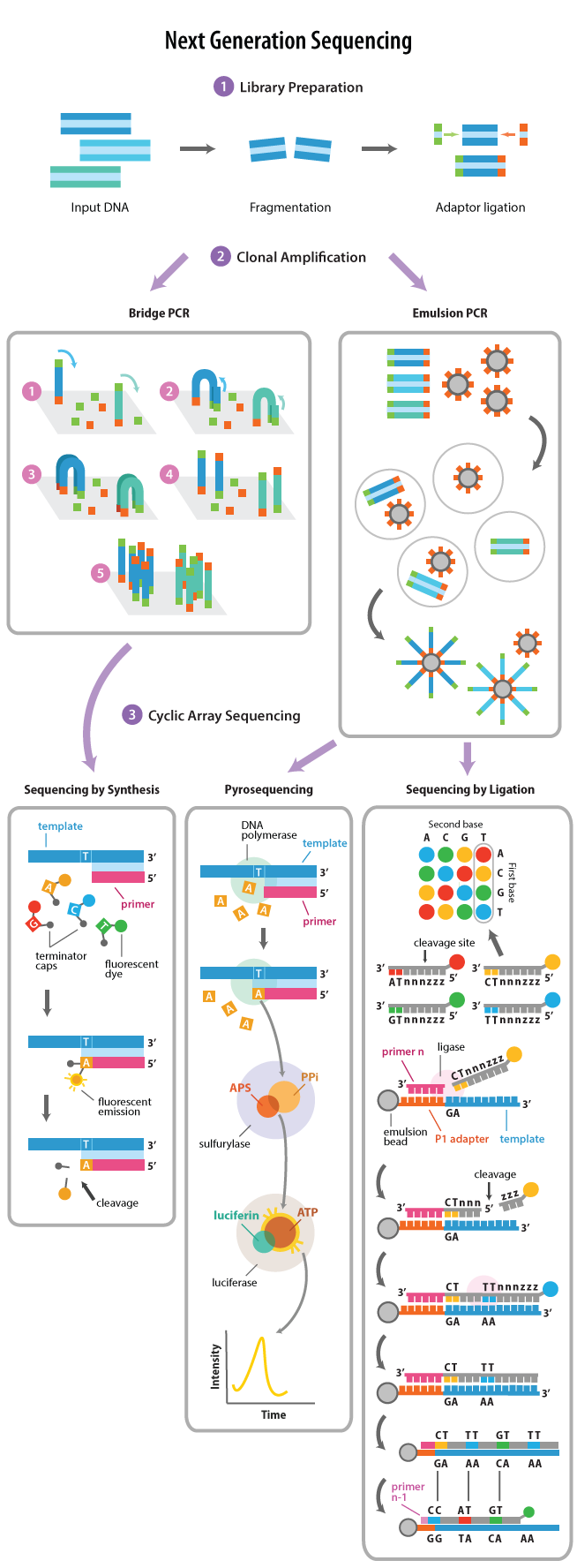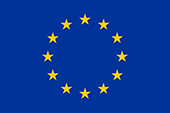Holifab has been created to give birth to facilitate the use of microfluidics in various industries.

Organ on Chip

An OOC is a miniaturized system where microfluidic channels are dug according to an appropriate architecture. The skeleton of this system is called a "chip". This chip makes it possible to mimic the function of an organ such as the breathing function in the pulmonary alveoli. Cells are cultured within the microfluidic channels. These can be compartmentalized in order to collect different types of cells forming an organ, hence the name "organ on chip". The microfluidics maintains these cells in a dynamic culture medium over several weeks.
OOCs are thus the result of a link between the field of microfluidics via the chip and the field of biology. This type of model offers three-dimensional, dynamic architectures and constitutes models closer to human reality than 2D standards and classical in vitro models. The use of human cells makes it possible to be ahead of animal models. This type of model could make it possible to replace pre-clinical tests on animals and detect the toxicity or ineffectiveness of certain compounds on humans. The advantages are saving time and money and circumvention of ethical problems related to animal testing.
Also, OOC models offer many other perspectives. They are an excellent model for fundamental research. Transparent material of chips in silicone or plastic allows observation under a microscope. The modelling of the different biological mechanisms in the microfluidic channels can be studied in a configuration that is as representative as possible of the human body, including cells from certain pathologies (like cancer).
HOLIFAB SOLUTIONS
Holifab provide solutions, particularly for the actors in the research field, while taking into account the many technological progress that remains to be done.
Water quality monitoring

“Water quality monitoring” is defined as sampling and analysis of water constituents and conditions. This may include:
- Human-introduced pollutants, such as pesticides, metals and oil
- Natural constituents present in water that can nevertheless be affected by human activities, such as dissolved oxygen, bacteria and nutrients.
The term "water quality" is used to express the capacity of water to support various uses or processes. Any particular use will have to meet certain requirements in terms of chemical, physical and biological properties. Examples include concentration limits for substances intended for drinking water or restrictions on the temperature or pH of the water. Therefore, water quality can be defined by a range of variables that limit water use.
The human impact has a significant effect on the water quality. Some of these effects are the result of hydrological changes, such as the construction of dams, the drying out of wetlands and the diversion of flow; or polluting activities impacting water include discharges (intentional or accidental) of industrial, urban, domestic and other waters into watercourses.
Water quality can be determined by in situ (or on site) measurements as well as examination of water samples in the laboratory. Thus, the main components of water quality monitoring consist of on-site collection, measurement, and analysis of samples. The results of analyses performed on a single water sample are valid only for the specific location and time at which the sample was taken. Therefore, one of the objectives of monitoring is to collect better data (through regular or intensive sampling and analysis) to assess spatial and/or temporal variations in water quality.
- Drink and food quality control in production lines. The global beverage market is evaluated at 1,544.61 billion of dollars for the year 2018 and projected CAGR is 3.1% to reach the market size of 1,854.589 billion dollars by the year 2024.
- Monitoring water quality in rivers, lakes, seas or reservoirs. (here we must look to all potential of scienticts needs, NGO working on this field, plus companies manufacturing this devices)
- Wastewater management (The global water and wastewater treatment equipment market size is anticipated to reach USD 38.65 billion by 2025. It is expected to register a CAGR of 3.68% during the forecast period. )
- Agriculture (smart agriculture market's revenue during the period from 2017 to 2025 is expected to reach 15,344 million dollars)
- Build a sensor network for a Smart Nation (Smart Sensors Market that projects prosperity for this market at 21% CAGR between 2016 and 2022. By value, the market has been figured to be worth the 60 billion dollarsby the end of forecast period.)
- On-line monitoring of glucose and other biomedical applications (here it is important that we have a huge increase in diabetes cases - Data - USA - +35% of diabetes cases, Europe – plus 16%, Africa – plus 156%, Middle East and North Africa – plus 110%. World – plus 48% of new cases)
- Monitoring water quality in swimming pools (data from 2016 - globally we have 13 million swimming pools, approxi.4.4 million (29%) of which are found in Europe. North America represents 59% of the global market, while the rest of the world has only 1.65 million swimming pools (12%) . According to the data from European Union of Swimming Pool and Spa associations (EUSA), France has the most swimming pools in Europe (1.5 million, 34% of the European total), followed by Spain (27%), Germany (20%), Italy (6%) and the UK (5%).
HOLIFAB SOLUTIONS
HoliFAB would thus intervene by bringing the possibility of prototyping and production of chips allowing this control with 3D printing and injection moulding or to propose a fully integrated instrument. The opportunity lies in the proposition of an instrument with a reduced size ensuring better transportability but also at a cheap price.
Liquid biopsy

‘’Liquid biopsy is a minimally invasive technology for detection of molecular biomarkers without the need for costly or invasive procedures. It is a simple and non-invasive alternative to surgical biopsies which enables medical doctors to discover a range of information about a disease or a tumour through a simple blood sample. Circulating cancer cells or traces of the cancer’s RNA or DNA in the blood can give clues about which treatments are most likely to work for that patient. Circulating nucleic acids are protected by extracellular micro-vesicles, mainly exosomes. New dedicated methods enable you to enrich and purify from this liquid biopsy:
- Circulating free DNA (cfDNA)
- Circulating small-RNA
- CTC (CTCs)
- Extracellular micro-vesicles (including exosomes) containing small-RNA, mRNA and DNA”
“Different liquid biopsy tests analyse different kinds of tumour material, such as DNA, RNA, proteins, tiny vesicles called exosomes, and whole cells. The tests detect these molecules or cells in various bodily fluids, including blood, urine, cerebrospinal fluid, or saliva. These body fluids are usually readily accessible, and in most cases the procedure for collecting a sample is less invasive and more easily repeatable than a tissue biopsy the resulting needs are numerous, for helping in the specific detection of cancers and guiding anticancer treatments in a more specific way. It is an alternative technique to classical biopsies, which are expensive and require many resources.
HOLIFAB SOLUTIONS
To meet all those needs, the HoliFAB project can propose devices via its instrument pilot line for the development of tools for the cancer and other disease detection.
Next generation sequencing (NGS)

NGS is defined as a technology allowing one to determine in a single experiment the sequence of a DNA molecule(s) with a total size significantly larger than 1 million base pairs (1 million bp or 1Mb). It also known as high-throughput sequencing, being the catch-all term used to describe several different modern sequencing technologies. These technologies allow for sequencing of DNA and RNA much more quickly and cheaply than the previously used Sanger sequencing and have revolutionized the study of genomics and molecular biology.
HOLIFAB SOLUTIONS
There is a growing need for new sequencing technologies, due to chronic diseases which are on the rise and increase the need for new technologies. For this application, all the pilot lines of the HoliFAB project can be involved from the design of chips to the proposal of a fully integrated device.
Cosmetic production

A cosmetic product is defined as any substance or mixture intended to be in contact with the external parts of the human body for the purpose of cleansing, beautifying, making more attractive, modifying the appearance, maintenance or promotion of skin or hair in good condition. Functional cosmetics are also included in the definition of cosmetics. They are referred to as products that fulfil more specific actions such as protection against sun and tanning, skin whitening, reduction of the appearance of wrinkles, etc.
The applications are about using our chip as an element of specialized device in cosmetics production and testing processes. For production, it allows for a very exact dosage of ingredients. In the second way, it is useful in probes testing first as an instrument for dosage within testing and as something like skin-on-a-chip that will be a more accurate model and more ethical than animal tests. Model of human skin for cosmetics testing could be specified and detailed, we can think for e.g. about scalp model for shampoos and conditioners testing etc.
HOLIFAB SOLUTIONS
HoliFAB can supply microfluidic chips and instruments that would meet the many needs of the market: precise dosing of ingredients, testing systems, quality control, emulsion generation. However, the focus should be on skin care products and the proposal of new types of formulations, the fastest growing segment in terms of cosmetics growth.
Point of care

PoC testing is defined as "screening at or near the patient's place of care when medical care is required". The objective of the PoC is to provide immediate information to health professionals about the patient's condition. This information can then be integrated into appropriate treatment decisions that will improve patient outcomes: reducing patient severity, morbidity, and mortality. PoC tests offer the possibility to be performed in different settings: in hospital, at home or in other locations. PoC instruments are very diverse and can be classified as "portable", "handheld" or "pocket" depending on their format. Some of these devices can test specific analytes while others can perform a variety of tests such as electrolyte and blood gas detection.
The PoC offers many advantages, such as short therapeutic turnaround time for testing patient samples. Indeed, the average turnaround time expected by intensive care physicians is between 5 and 15 minutes. Depending on the instrument used, the type of test and the number of tests performed, the analysis time for a whole blood sample can vary from 15 seconds to a few minutes. The importance of this timeliness criterion is crucial as delays could result in results that do not reflect the patient's current condition. In addition, the advantage of speed allows physicians to begin appropriate treatment at an early stage, especially for patients in intensive care units where delays may have a negative effect on the patient's condition, or to answer more quickly to epidemic and pandemic situation. Also, PoC tests allow a potential reduction in pre- and post-analytical errors, whereas traditional laboratory testing methods involve multiple steps that increase the possibility of introducing pre-analytical errors.
PoC devices are easy to use, allowing professionals without technical training or laboratory experience to use them. The instruments are self-contained with on-screen instructions, which promotes ease of use and requires little maintenance. In addition, PoC tests are advantageous because of the low sample volume required to perform a test. In fact, for a traditional hospital phlebotomy, patients potentially lose 25 to 125 ml of blood each day, or up to 944 ml, while the use of PoC devices provides a test set with minimal blood loss (as low as 40 µL), depending on the instrument used and the test performed. Current PoC instruments can provide up to 14 test parameters measured simultaneously. This strategy conserves blood and minimizes health complications and unnecessary transfusions
HOLIFAB SOLUTIONS
HoliFAB can offer solutions enable testing at the patient level through production of microfluidic chips enabling pathologies screenings or a complete integrated device to take care of the sample and run the analysis.


